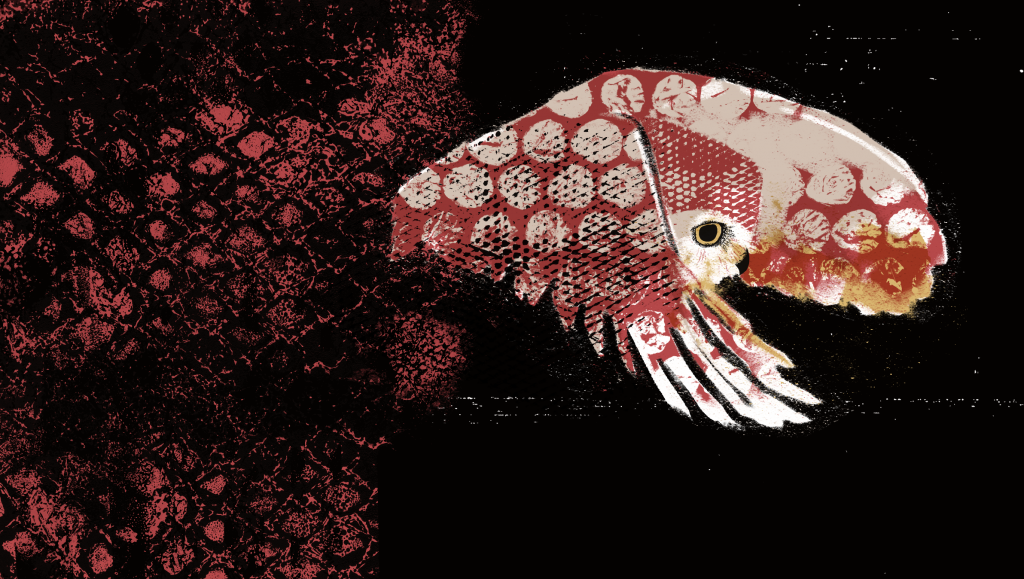African lions have been wiped out from 80% of their historic range and continue to decline at an alarming rate due to retaliatory killings, loss of habitat and prey species, exploitation by recreational trophy hunters and commercial trade and disease. This special issue of Current Conservation focuses on conservation issues and the effective management of lions
across some important lion habitats. Philipp Henschel and Luke Hunter of Panthera Foundation present the case of critically endangered lions of West and Central Africa. Through their article, they emphasise the need for assessing population trends, threat status and safeguarding these genetically distinct African lion populations. The remarkable efforts of
Ewaso lions speaks of a very positive approach to human-lion coexistence by empowering local communities. Shivani Bhalla and Heather Gurd describe their efforts and success in making the indigenous Samburu people the ambassadors and guardians of their own natural heritage.
Whereas conservation programmes are mostly run by the State or conservation NGOs, ALERT encourages volunteers to be a part of lion conservation, research and community development programmes. Simon OChen a “nomadic adventurer” writes about his experience as a volunteer and the delight of working with lion cubs as part of a project to strengthen wild populations through release of captive raised lions in Zambia. This approach represents a new direction and a much debated conservation model. Scientists Matt Hayward and Michael Somers have long time experience in carnivore reintroductions in South Africa and have written extensively about the reintroduction of top-order predators. They describe how South Africa leads the world in large-scale biodiversity restoration with lions at the forefront and how translocations may serve as an effective and powerful conservation strategy. Set against the context of these conservation and management approaches, I present my perspective on the future of Asiatic lions.
Issue Editor: Meena Venkataraman





